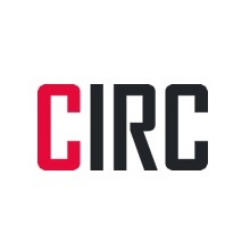Abstract
Through painstaking research involving lithographic prints, newspapers and
other primary sources in archives and public and private collections,
Arturo Aguilar brings to light the panorama of the first years of the
lithograph in Mexico which, in this author's definition, extends from
1827 (the year in which Claudio Linati left the country) until 1837, when
the technique came into its first flowering with the appearance of
publications, such as Mosaico Mexicano, edited by Ignacio Cumplido, that
made ample use of the work of lithographers. Dissenting from the
traditionally held notion that during this period nothing, or next to
nothing, was achieved in the field of lithography, Arturo Aguilar reviews
the first works by Mexican artists during this so-called “dark age”. It was
in workshops like those of Rocha and Fournier that Mexican artists began to
discover their potential in this new technique.
Downloads
Download data is not yet available.


















